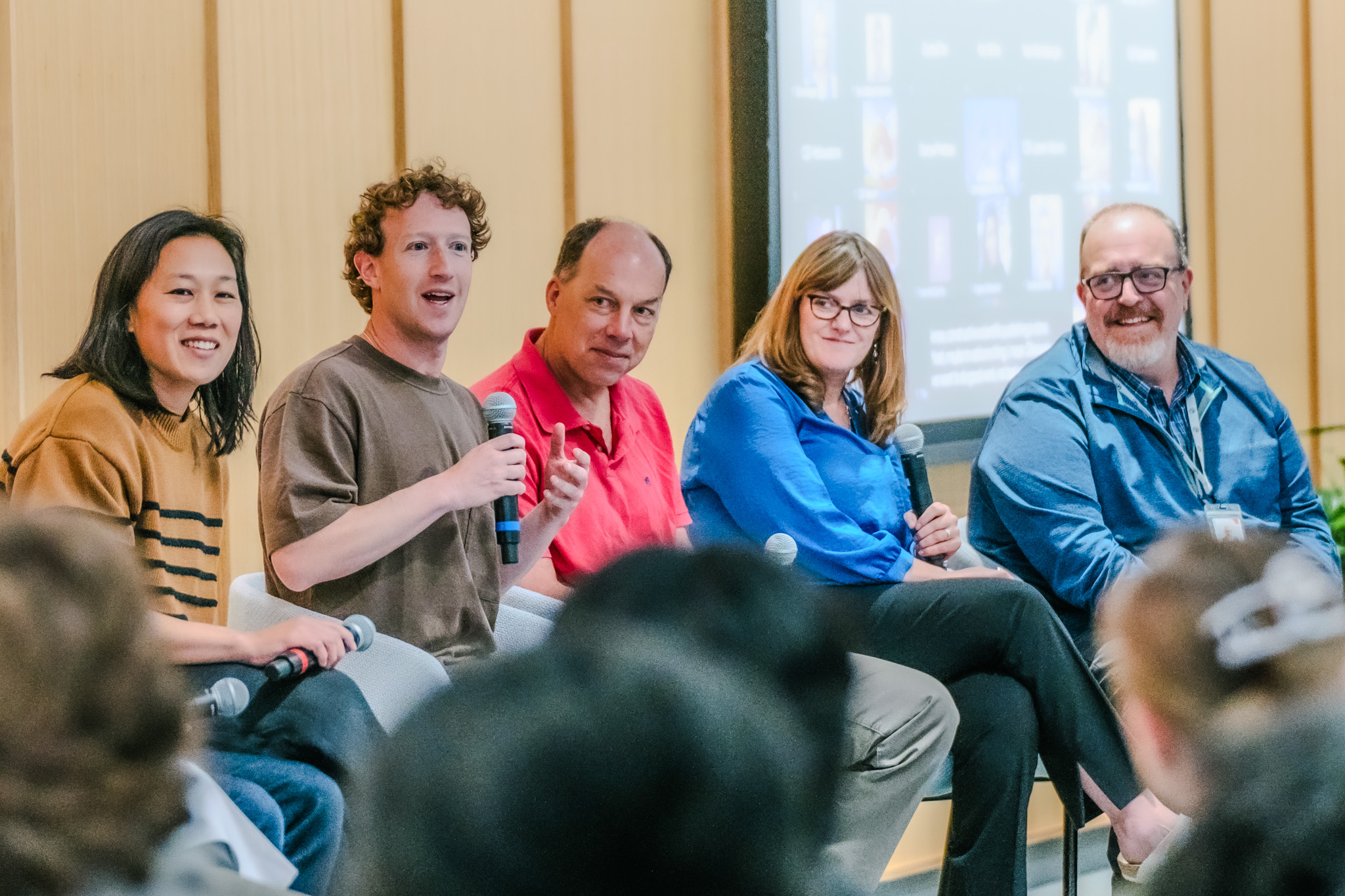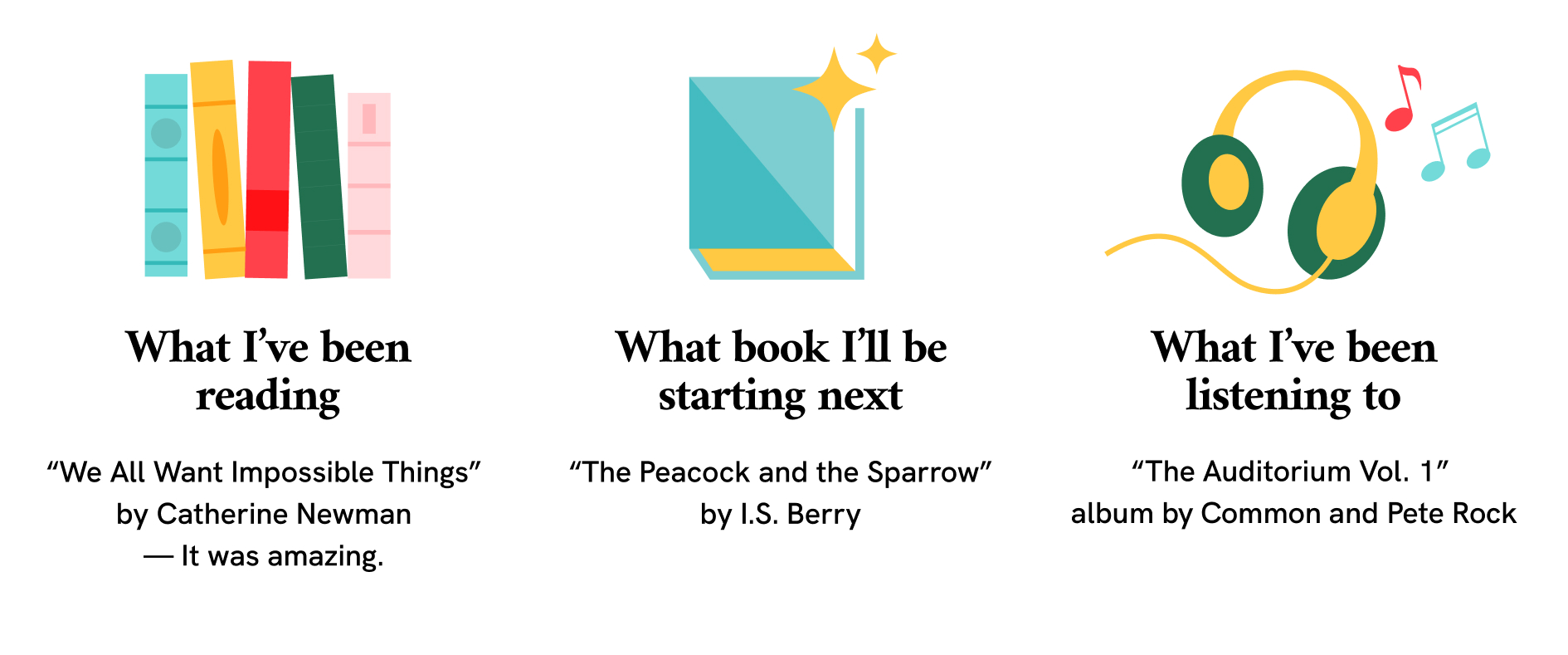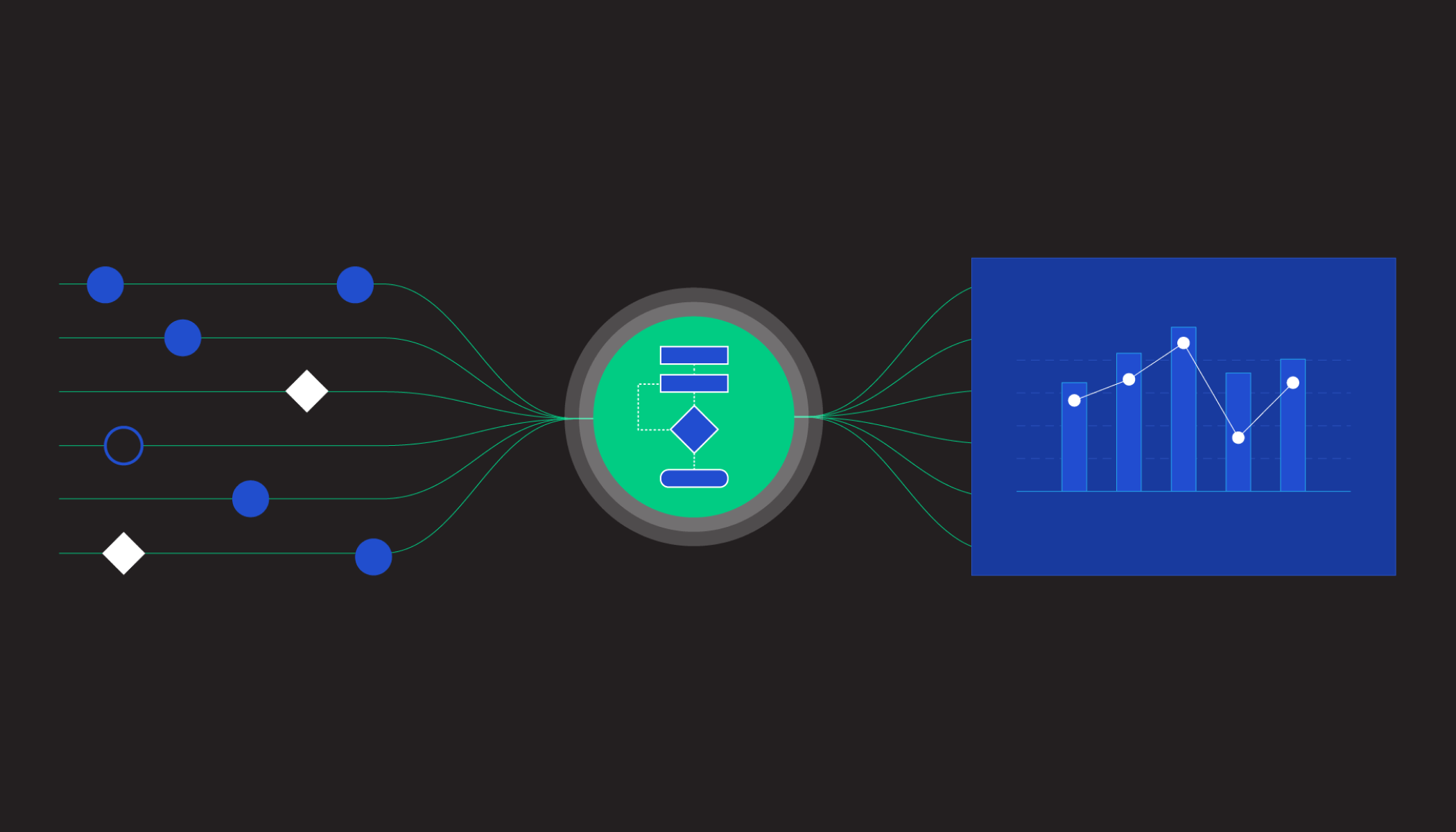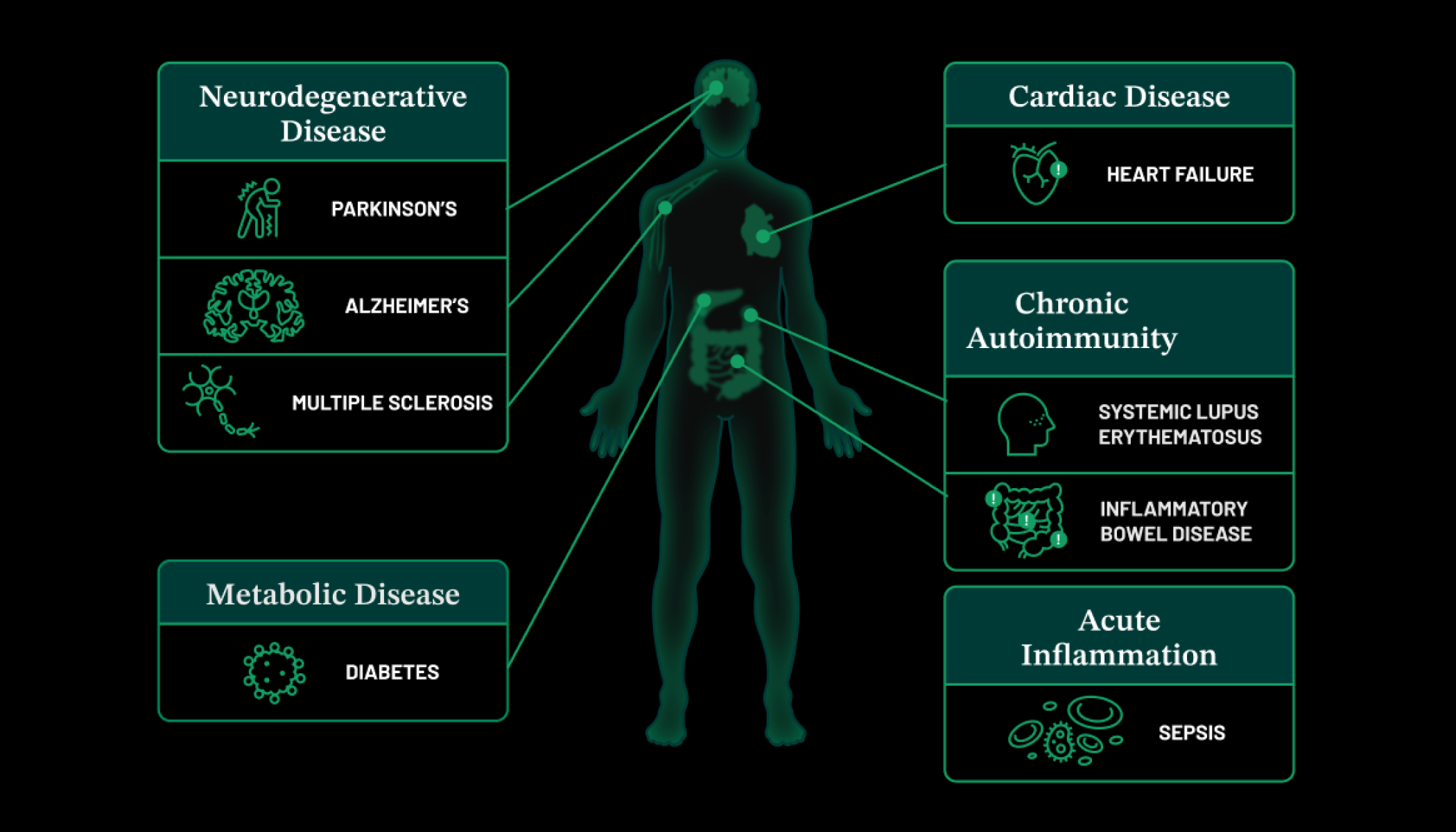Aug 8, 2024 · 5 min read
Our Progress Leveraging AI To Speed Up Biomedical Research

The belief that science and technology can help solve the world’s most pressing challenges drives our work at CZI. In particular, the intersection of AI and biology holds exciting promise for the future of scientific research. Over the coming decades, AI will revolutionize our understanding of cellular systems, paving the way for groundbreaking discoveries in human health.
As we work toward these bigger breakthroughs, we are already seeing examples of how AI is dramatically changing how researchers work.
At our Imaging Institute, researchers recently applied machine learning tools to analyze and draw valuable insights from 13,000 3D images of individual proteins inside human cells. These 3D images are about 500 times thinner than a piece of paper but are packed with information about how our cells function.
Analyzing one of these images can take hours — doing thousands takes months. With AI, researchers analyzed over 10,000 images in just a few days. The earliest signs of disease are in our cells, and advances like this bring us closer to understanding those signals and changes.
Additionally, we’re making progress in using AI to build virtual cell models that will help scientists predict how cells respond to various conditions — speeding up scientific discovery, patient diagnosis and treatment decisions.
We’re starting to train models that bring together key datasets from sequencing, imaging and literature. This includes leveraging curated datasets from publicly available sources like CELLxGENE, a software platform CZI built and made accessible to the scientific community that provides researchers with the largest library of curated single-cell datasets.
Over time, our goal is for these models to provide us with insights into the behavior of cell and cell systems, paving the way for new research and discoveries about human health and disease. For instance, Marinka Zitnik — a CZI grant partner and associate faculty at the Kempner Institute for the Study of Natural & Artificial Intelligence — built and trained a model to speed up rare disease diagnosis. This deep learning approach can help researchers identify genes harboring mutations that can lead to disease, which can shorten the time for diagnosis and improve outcomes for patients.
This future-focused work is incredibly exciting, but what energizes me just as much is the cool science we’re accelerating day to day.
Check out these incredibly detailed 3D close-ups of a whole human heart thanks to our partners at the European Synchrotron Radiation Facility and the University College London. An advanced imaging technique called HiP-CT, supported by CZI, is allowing scientists to uncover more details about the heart. This information will help drive new treatments for heart disease.
Bringing Together Learning Science and AI
We are in a moment where systems in almost every industry and sector are being rethought through the lens of generative AI — including in education. Currently, AI tools are generally built without enough education-specific context. The results from these tools may be less helpful or appropriate for classroom needs.
We need to improve AI systems with high-quality knowledge about education, including curriculum, competencies and learning science so they’re not depending only on the knowledge acquired during their pre-training process, which is often not reliable enough for many educational use cases.
Additionally, we need more tools to evaluate the output from AI systems, ensuring they meet the standards of accuracy, rigor and quality necessary for teaching and learning. Evaluations should use criteria built in partnership with deep subject matter experts — educators and researchers — and involve human experts and automatic evaluators.
Our education team is thoughtfully exploring what common AI infrastructure should exist and be open and accessible to all to enable impactful products that help teachers bring learning science into classroom practice.
One of our early pilot applications, Lit Booster, helps teachers generate customized reading intervention materials tailored to students’ interests and reading levels. It uses a rubric developed with our partner, The Achievement Network (ANet), to evaluate its AI generation across seven categories: narrative text, informational text, follow-up questions, word lists, difficulty levels (more and less challenging), length (shorter and longer), and bias and cultural sensitivity. This carefully curated rubric allows us to assess the quality of generated texts and in turn, improve our generative AI output.
We believe tools like this rubric would benefit other education applications and help educators access the best of learning science more readily.
Unlocking Potential With AI
As we head into the second half of the year, we are uniquely positioned to develop AI-powered tools that lead to better outcomes — whether it’s biomedical research insights for scientists or learning science insights for educators. By integrating AI into our science and education strategies, we will create transformative models that drive innovation and improve lives.
With care,

Co-Founder and Co-CEO
Chan Zuckerberg Initiative

P.S. Speaking of Common’s new album — check this out from our recent event together at Gradient Learning’s Summer Training in Chicago 🤯






